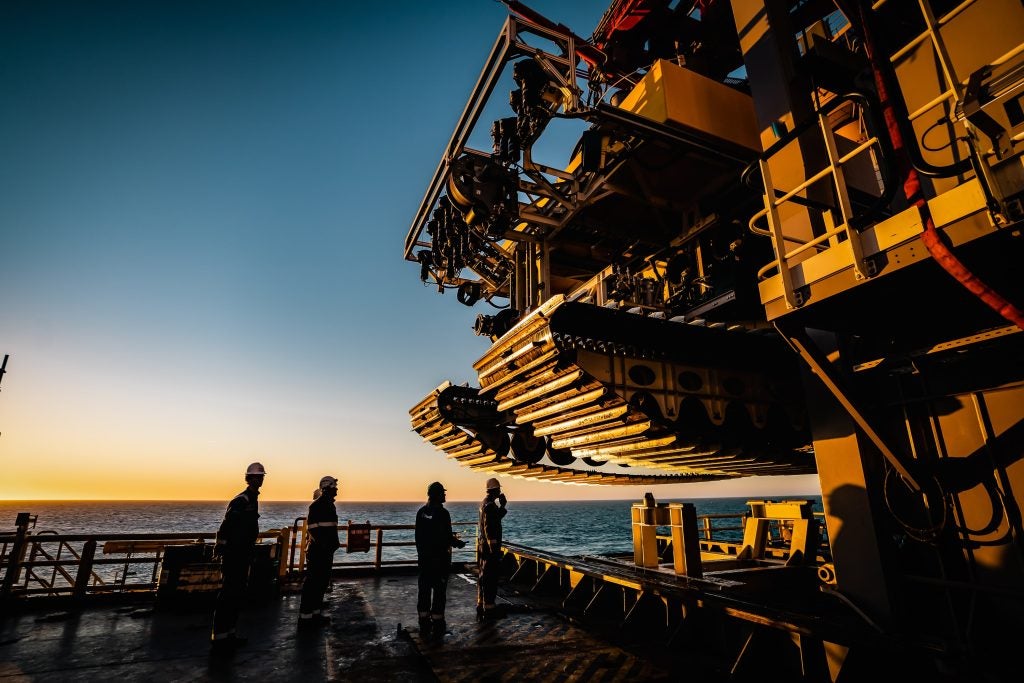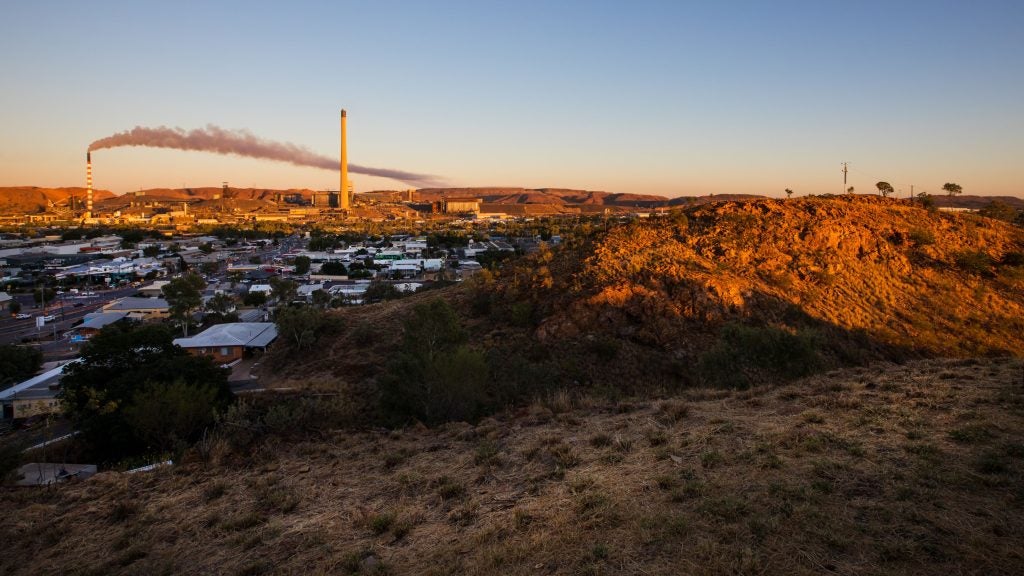A report has found that the cost of restoring the damage to nature caused by deep-sea mining would be twice as much as the cost of extraction.
“The Sky High Cost of Deep Sea Mining” report from British non-profit think tank Planet Tracker found that, at a cost of between $5.3-5.7 million per square kilometre, restoring deep sea biomes from damage caused by mining could more than double the reported $2.7m per km² cost of mining itself.
Based on forecasts from The Metals Company, the report calculates that a company extracting nodules from over 1,000 km² in 2030 could take in as much as $4.37bn in revenue at a 38% profit margin. When factoring in restoration costs however, this 38% margin would become an 83% loss, without factoring in the cost of restoration monitoring.
François Mosnier, head of the oceans programme at Planet Tracker, comments: “There are many false solutions to the climate crisis, but deep-sea mining is one that can still be stopped. More than 700 scientists have warned us that if it were to go ahead, it could pose irreversible risks to nature and climate on multi-generational timescale.”
The report estimates that mining for critical minerals on land affects biodiversity across 1-10 million km³, while deep sea mining could affected between 25-75 million km³ of biomes in international waters alone. This would exceed the total volume of freshwater globally.
Speaking to Mining Technology in March, Senior Lecturer in Ecology at the University of Exeter Kirsten Thompson explained how deep-sea mining can affect aquatic mammals. Dr Thompson explained: “We know that there are going to be collecting vehicles down on the seabed which are going to be moving the seabed. All of the materials will be pumped to the surface, and there is some type of de-watering that happens as well.”
She continued: “Most likely they’re going to create some noise, the levels of which and the frequency ranges of which we don’t know yet. They’ll also be some sediment plumes that will go into the water column… and then they’ll be more light and extra shipping in that area. The scale of all of this is really unknown.”











